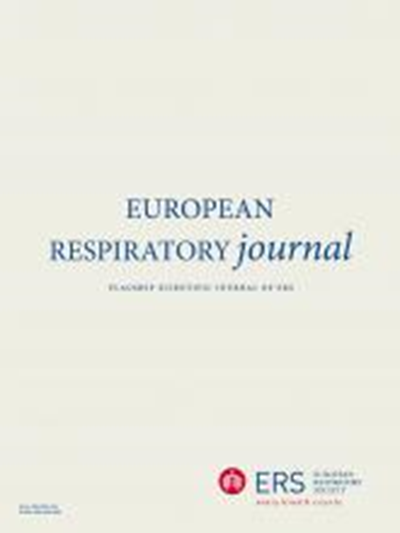Implementation of European National Driving Regulations for Obstructive Sleep Apnoea: challenges and recommendations.
IF 21
1区 医学
Q1 RESPIRATORY SYSTEM
引用次数: 0
Abstract
BACKGROUND Obstructive sleep apnoea (OSA) carries an increased risk of motor vehicle accidents (MVA), which resulted in the European Commission introducing a legal directive (2014/85/EU) restricting driving in patients with moderate/severe OSA and sleepiness, unless effectively treated. We assessed the implementation of the directive in European Union (EU) member and non-member states. METHODS National Sleep Societies and/or selected other sleep specialists in EU member states and selected other European countries completed a questionnaire on the local introduction of the EU Directive, or similar, the OSA severity to restrict driving, criteria to resume driving, and the validity period for different driving licences. RESULTS Data were obtained from 25 of 27 EU member states and all 8 non-member states included, representing a population of ∼770 million. All EU members had introduced the Directive into national regulations, largely unchanged, although some countries applied stricter criteria such as mild OSA and a minimum treatment period before resuming driving. Only 5 non-member states had driving regulations for OSA. Problems with implementation of regulations were reported in most countries, including inadequate resources to diagnose/treat OSA patients, excessive restrictions regarding disease severity and certification to resume driving, and under-reporting of symptoms by patients fearing the loss of their licence, especially professional drivers. CONCLUSIONS Driving regulations for OSA apply in most European countries but excessively strict criteria for OSA severity, sleepiness, and delayed permission to resume driving are questionable. Further research is needed on whether such regulations result in fewer accidents and on the objective identification of sleepiness.对阻塞性睡眠呼吸暂停的欧洲国家驾驶法规的实施:挑战和建议。
背景:阻塞性睡眠呼吸暂停(OSA)会增加机动车事故(MVA)的风险,这导致欧盟委员会出台了一项法律指令(2014/85/EU),限制中度/重度睡眠呼吸暂停和困倦患者的驾驶,除非得到有效治疗。我们评估了该指令在欧盟成员国和非欧盟成员国的实施情况。方法欧盟国家睡眠协会和/或选定的其他欧洲国家的睡眠专家,就欧盟指令或类似指令的当地介绍、限制驾驶的OSA严重程度、恢复驾驶的标准以及不同驾驶执照的有效期等问题,填写问卷。结果数据来自27个欧盟成员国中的25个和所有8个非成员国,代表约7.7亿人口。所有欧盟成员国都将该指令纳入了国家法规,基本没有变化,尽管一些国家采用了更严格的标准,如轻度呼吸暂停综合症和恢复驾驶前的最短治疗时间。只有5个非成员国制定了OSA驾驶法规。据报告,大多数国家在执行规章方面存在问题,包括用于诊断/治疗呼吸暂停综合症患者的资源不足,对疾病严重程度和恢复驾驶证书的限制过多,以及担心失去执照的患者(特别是专业驾驶员)少报症状。结论:大多数欧洲国家适用OSA的驾驶法规,但对OSA严重程度、嗜睡和延迟恢复驾驶的标准过于严格是值得怀疑的。这些规定是否会减少事故,以及是否能客观地识别困倦,还需要进一步的研究。
本文章由计算机程序翻译,如有差异,请以英文原文为准。
求助全文
约1分钟内获得全文
求助全文
来源期刊

European Respiratory Journal
医学-呼吸系统
CiteScore
27.50
自引率
3.30%
发文量
345
审稿时长
2-4 weeks
期刊介绍:
The European Respiratory Journal (ERJ) is the flagship journal of the European Respiratory Society. It has a current impact factor of 24.9. The journal covers various aspects of adult and paediatric respiratory medicine, including cell biology, epidemiology, immunology, oncology, pathophysiology, imaging, occupational medicine, intensive care, sleep medicine, and thoracic surgery. In addition to original research material, the ERJ publishes editorial commentaries, reviews, short research letters, and correspondence to the editor. The articles are published continuously and collected into 12 monthly issues in two volumes per year.
 求助内容:
求助内容: 应助结果提醒方式:
应助结果提醒方式:


